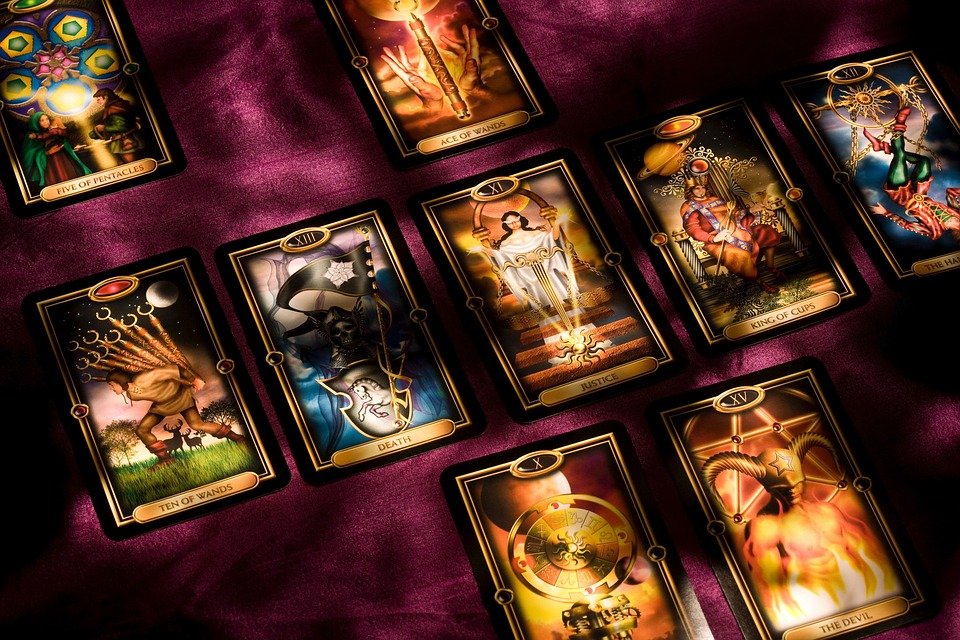Democratizing Ownership: How VR NFTs Are Opening New Opportunities for Virtual Collectibles
Introduction
In recent years, the world has witnessed a revolutionary transformation in the digital landscape, and Virtual reality (VR) has played a significant role in this shift. Alongside VR technology, non-fungible tokens (NFTs) have emerged as a groundbreaking concept in the world of digital ownership. This article explores how VR NFTs are democratizing ownership and creating new opportunities for virtual collectibles.
Understanding VR NFTs
VR NFTs, or virtual reality non-fungible tokens, combine the immersive experience of virtual reality with the unique ownership attributes provided by NFTs. NFTs are blockchain-based tokens that represent ownership of a digital item or asset, and they cannot be replicated or replaced. By integrating NFTs into the virtual reality environment, users can own, trade, and interact with virtual assets in a secure and decentralized manner.
The Democratization of Ownership
One of the key advantages of VR NFTs is the democratization of ownership. In traditional collectible markets, ownership is often limited to a select few individuals who have the financial means to acquire rare items. However, VR NFTs enable anyone to participate in the ownership of virtual collectibles, regardless of their financial status. This opens up a world of possibilities for creators and collectors alike, fostering a more inclusive and accessible digital economy.
Creating New Opportunities
VR NFTs are revolutionizing the virtual collectibles market by offering new opportunities for creators and collectors. Artists and developers can now create unique virtual assets, such as virtual art pieces, skins for virtual avatars, or even virtual real estate, and sell them as NFTs. This provides a new revenue stream for creators and allows them to establish direct relationships with their audience, bypassing traditional intermediaries.
For collectors, VR NFTs offer a chance to own and trade virtual assets in a secure and transparent manner. The blockchain technology underlying NFTs ensures the authenticity and provenance of virtual collectibles, mitigating the risk of fraud or counterfeit items. Additionally, the ownership of virtual assets can be easily transferred or shared, allowing collectors to showcase their collections in virtual reality environments or even loan their assets to others.
The Role of VR in Enhancing the Experience
The integration of VR technology with NFTs enhances the overall ownership experience for virtual collectibles. VR provides an immersive and interactive environment where collectors can showcase and experience their virtual assets. Imagine walking through a virtual art gallery, surrounded by your favorite NFT art pieces or hosting a virtual fashion show where you and your friends can try on the latest virtual fashion items. VR amplifies the emotional connection between collectors and their virtual assets, making the ownership experience even more rewarding.
FAQs
Q: What is a non-fungible token (NFT)?
A: A non-fungible token (NFT) is a blockchain-based token that represents ownership of a unique digital item or asset. Unlike cryptocurrencies such as Bitcoin or Ethereum, NFTs cannot be exchanged on a one-to-one basis as they possess unique attributes that make them distinct and irreplaceable.
Q: How do VR NFTs democratize ownership?
A: VR NFTs democratize ownership by providing an accessible platform for anyone to participate in the ownership of virtual collectibles. Unlike traditional collectible markets, where ownership is often limited to a select few, VR NFTs allow individuals of all financial statuses to own, trade, and interact with virtual assets, fostering inclusivity and accessibility.
Q: Can virtual assets be counterfeited in VR NFTs?
A: Virtual assets in VR NFTs cannot be counterfeited due to the underlying blockchain technology. The decentralized nature of the blockchain ensures the authenticity and provenance of virtual collectibles, reducing the risk of fraud or counterfeit items.
Q: How can VR enhance the ownership experience?
A: The integration of VR technology enhances the ownership experience by providing an immersive and interactive environment for collectors to showcase and experience their virtual assets. VR amplifies the emotional connection between collectors and their virtual assets, making the ownership experience even more rewarding.
Q: Can VR NFTs be used for purposes other than collectibles?
A: Absolutely! VR NFTs can be utilized for various purposes beyond collectibles. They can represent ownership of virtual real estate, virtual fashion items, virtual event tickets, and more. The possibilities are endless, and VR NFTs are opening up new opportunities across various industries.
Conclusion
The advent of VR NFTs has revolutionized the virtual collectibles market, democratizing ownership and creating new opportunities for creators and collectors. The integration of VR technology with NFTs opens up a world of possibilities, enabling individuals to own, trade, and interact with virtual assets in an inclusive and secure manner. As the digital landscape continues to evolve, VR NFTs are at the forefront of shaping the future of virtual ownership.

